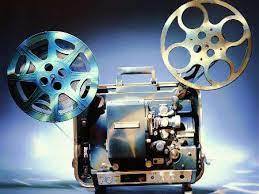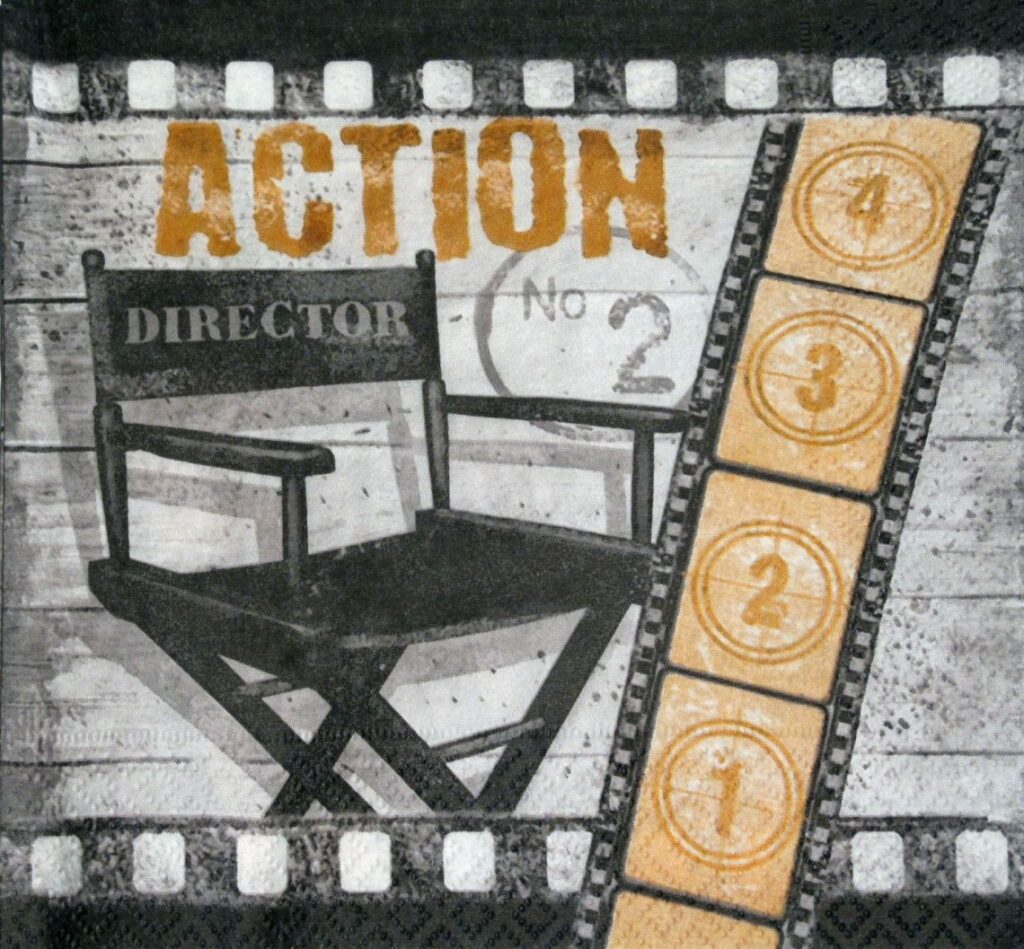Decoupage (in French: découpage) technical cutting is one of the duties of the director, which includes the following:
Type of lighting
Image size
camera angle
Camera movement type
The number of images required to display a position
The type of connection of views to each other
Any sound that is supposed to be heard in the scene (any sound other than dialogues, i.e. music and sound effects) and the rest are details related to the process of visualizing the script (scenario).



Decoupage the script
These duties, which are perhaps half of the duties of the director, must be done before filming and the result of which is apparent in the decoupaged script. Directors may change some of the details they have already decided upon when they get to the filming stage, but they usually go by the decoupage script they have prepared. Some directors also do not believe in decoupaging the script before filming and believe that it is during filming that the director understands how the script should be made. Of course, the first method is usually more common and efficient. Because during the filming, everything is planned in advance, much less time is wasted, but if the script is decoupaged during the filming, it may face frequent changes.
The importance of decoupage
Decoupage conveys the film’s beat and mood to the audience. For example, the more intersections (we have more cuts), the shorter the shots and the more angles, the faster the beat of the film, and this method is usually used in action, horror, and war movies. It is a good way to induce a sense of fear and excitement in the audience (a point of filmmaking) or in films where the director wants the audience to be with the main character as much as possible and to look at the story through his eyes, usually from long shots and movement. Long cameras even use POV to enhance this feeling.
Visual experience and director’s taste
The type of film decoupage in a way shows the visual taste and visual style of the director. There are some directors who believe in long shots, which means that they believe that the film should be as close as possible to the viewer’s visual experience in the real world, so these directors avoid cutting shots as much as possible, in favor of long shots and camera movements. are long (this method is more common among European directors). At the same time, some directors are also in favor of short shots and quick cuts and believe that a new visual experience should be presented to the audience (usually directors who work in the American film system are more in favor of this).
Maintain film continuity
A very important point and a very serious task on the shoulders of the director is that he must act in such a way that the audience does not feel jumps and cuts, especially in the intersection of the shots and the way they are connected to each other and in the angle of the camera. He must feel that the film is continuous because otherwise his attention may be taken away from the film by these jumps and he will stop following the film because he is distracted. In addition, the director must act in a way that does not tire the eyes and minds of the audience. In short, the shots should be in such a way that they are not so long and motionless that they look boring, and not so short and fast that the audience not only does not get information but also gets dizzy. Excessiveness causes a lot of damage to the film.
Decoupaged script
First, the director divides each sequence of the script into different shots (the so-called “plan”) (it means each shot of the camera, i.e. the distance between turning off and turning on the camera). After all the script was divided in this way. The plans are placed sequentially. Now you have to write the decoupaged script on paper. For each page plan, there are five sections:
The sequence number and plan number: The sequence number and plan number must be written somewhere above each page of each view.
Type of shot: indoor or outdoor and location of filming (as in the original script), also the day of filming according to the schedule prepared for filming, because in this schedule the shots are not shot in sequence, but to save time and money. They combine the plans that occur in the same place and in the same position. At this stage, if you are not regular, you will face problems and confusion when compiling plans with the software.
The situation of the scene: what will happen in each plan is written and in the same part, the type of view (close-up, long shot, etc.) and the type of camera movement are specified with abbreviations. In this way, they draw a fractional line in the numerator, and in the denominator, they write the movement of the camera with abbreviations.
Dialogue: The dialogue that will be exchanged between the characters in this scene is written in one column.
Sounds and noises: all the sounds that will be heard in this scene, for example, the sound of a car or the dripping of water drops or the radio, etc. In this music section, you can also specify if there is a soundtrack in the plan or not, but usually, they don’t, and after the filming is finished, it is decided about the parts that should have a soundtrack.
In this way, we will have a decoupaged script.
The similarity of script decoupage and film editing software
In non-linear film editing software such as Premiere Pro and Final Cut, when we plan to start editing videos and projects, after creating a project, which is the entire film or music video project, we must create a sequence. These sequences are unlimited. Let’s suppose that during filming, one of the complete parts of the project is views or plans by the sea or the beach. On the beach, several plans are recorded, which will form a sequence by putting them together. It is not in the software, the same thing will happen, a sequence is created and we put all the common and related plans in it one after the other and in order. We can have several sequences because it is necessary, as the filming project consists of several sequences, but many people did not observe this issue during editing with the software and put them all in one sequence, which, of course, for large projects, maybe be wrong It depends on how you learn.
